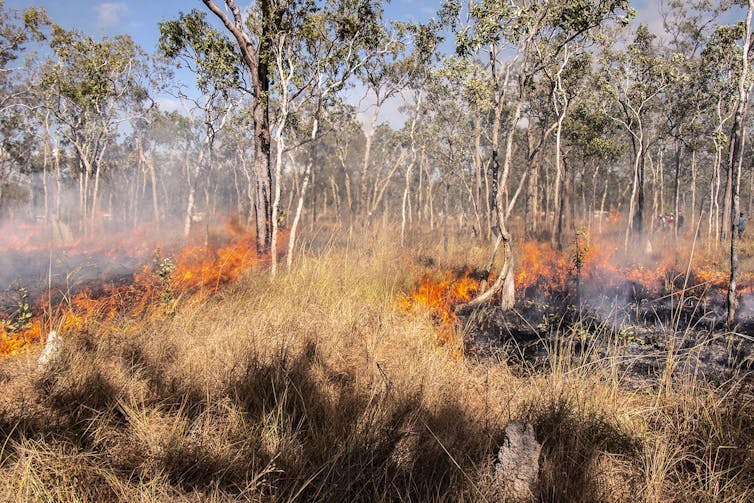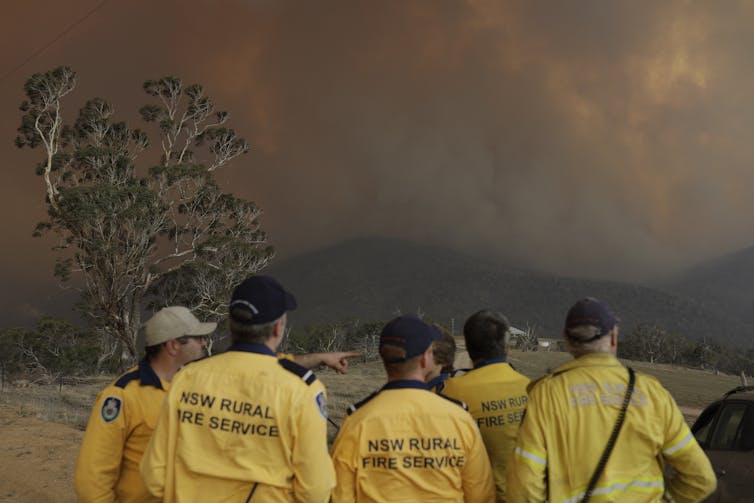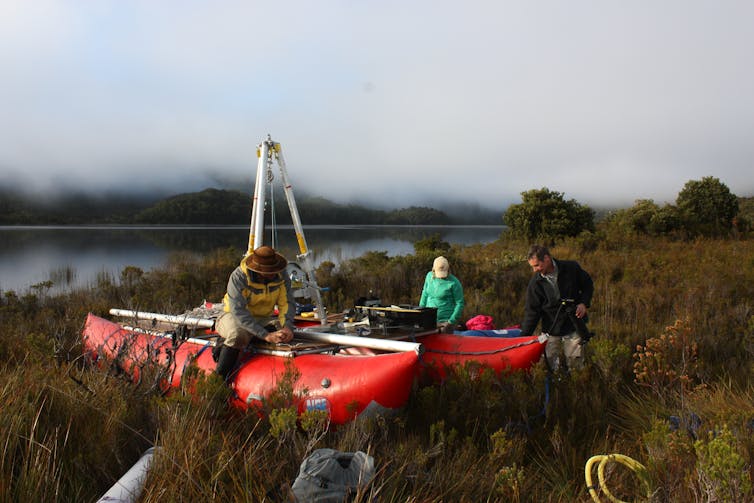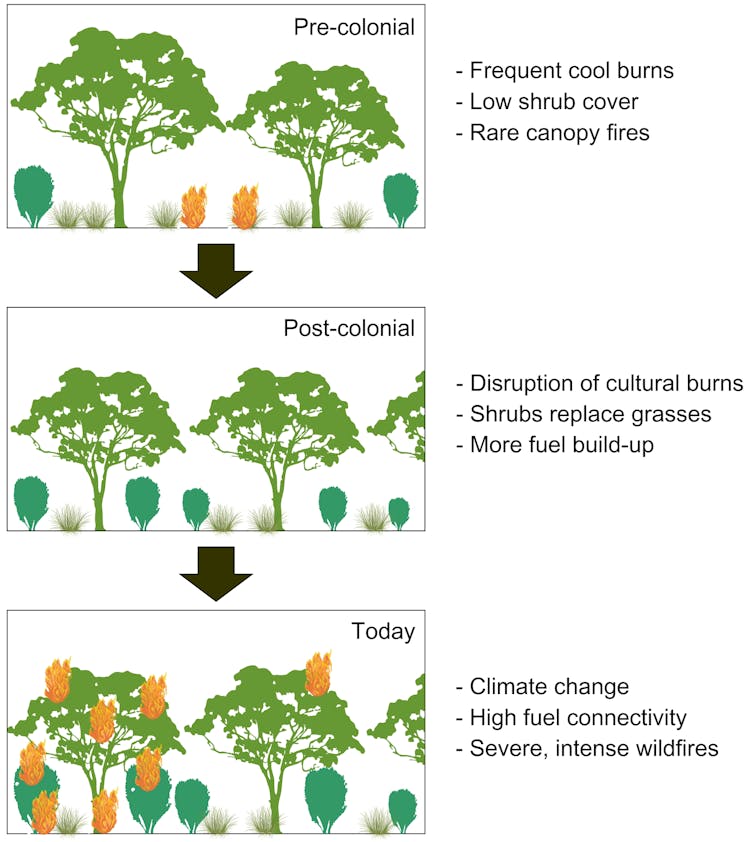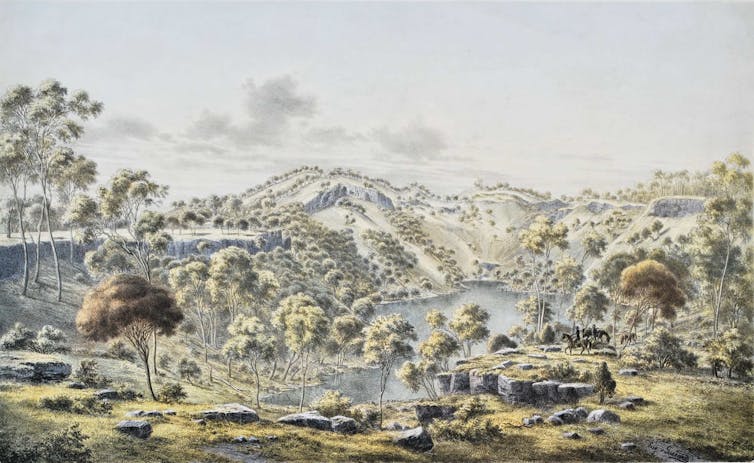Senate launches group to examine embattled US prison system
By MICHAEL BALSAMO and MICHAEL R. SISAK

Sen. Jon Ossoff, D-Ga., takes a question from a reporter during a news conference on Capitol Hill in Washington, Sept. 28, 2021. The U.S. Senate is launching a bipartisan working group of lawmakers to scrutinize conditions within the federal Bureau of Prisons in the wake of Associated Press reporting that uncovered widespread corruption and abuse in federal prisons across the U.S. The working group is led by Sen. Jon Ossoff, a Democrat from Georgia and Sen. Mike Braun, an Indiana Republican.
(AP Photo/Andrew Harnik, File)
WASHINGTON (AP) — The U.S. Senate is launching a bipartisan working group of lawmakers to scrutinize conditions within the Bureau of Prisons following reporting by The Associated Press that uncovered widespread corruption and abuse in federal prisons.
The working group, being led by Sen. Jon Ossoff, D-Ga., and Sen. Mike Braun, R-Ind., is aimed at developing policies and proposals to strengthen oversight of the beleaguered federal prison system and improve communication between the Bureau of Prisons and Congress.
The group plans to examine the conditions of incarceration inside America’s 122 federal prisons, protect human rights and promote transparency. The chairman of the Senate Judiciary Committee, Sen. Dick Durbin, D-Ill., also will be part of the group.
The federal prison system, a hotbed of corruption and misconduct, has been plagued by myriad crises in recent years, including widespread criminal activity among employees, systemic sexual abuse at a federal women’s prison in California, critically low staffing levels that have hampered responses to emergencies, the rapid spread of COVID-19, a failed response to the pandemic and dozens of escapes. And late last month, two inmates were killed in a gang clash at a federal penitentiary in Texas, prompting a nationwide lockdown.
In early January, the embattled federal prisons director, Michael Carvajal, announced he was resigning amid growing criticism over his leadership of the bureau. The Justice Department is searching for a new director — even posting advertisements on LinkedIn — but hasn’t found a replacement yet.
“America’s prisons and jails are horrifically dysfunctional and too often places where brutality and criminality are prevalent,” Ossoff said in a statement to the AP on Thursday. “The Senate Bipartisan Prison Policy Working Group will identify and advance solutions.”
Ossoff, Braun and several other lawmakers, including Senate Minority Leader Mitch McConnell, a Kentucky Republican, have introduced legislation to require the director of the Bureau of Prisons to be confirmed by the Senate, as is the case with nearly every other major federal agency.
In a statement, Durbin said the working group was “essential to helping us achieve our goal of creating safer conditions for those at correctional facilities.” He said the trio was “committed to working on a bipartisan basis to improve conditions and safety, strengthen transparency and communications, and reduce recidivism in our federal prison system.”
The Senate passed legislation that Ossoff had introduced to require federal prisons to repair and upgrade security systems, including broken surveillance cameras. Failing security cameras in federal prisons have allowed inmates to escape undetected and were the center of the investigation when wealthy financier Jeffrey Epstein, who was awaiting trial on charges he sexually abused girls as young as 14, killed himself behind bars in 2019.
___
Sisak reported from New York. Follow Balsamo at twitter.com/mikebalsamo1 and Sisak at twitter.com/mikesisak. Send confidential tips by visiting https://www.ap.org/tips/.
WASHINGTON (AP) — The U.S. Senate is launching a bipartisan working group of lawmakers to scrutinize conditions within the Bureau of Prisons following reporting by The Associated Press that uncovered widespread corruption and abuse in federal prisons.
The working group, being led by Sen. Jon Ossoff, D-Ga., and Sen. Mike Braun, R-Ind., is aimed at developing policies and proposals to strengthen oversight of the beleaguered federal prison system and improve communication between the Bureau of Prisons and Congress.
The group plans to examine the conditions of incarceration inside America’s 122 federal prisons, protect human rights and promote transparency. The chairman of the Senate Judiciary Committee, Sen. Dick Durbin, D-Ill., also will be part of the group.
The federal prison system, a hotbed of corruption and misconduct, has been plagued by myriad crises in recent years, including widespread criminal activity among employees, systemic sexual abuse at a federal women’s prison in California, critically low staffing levels that have hampered responses to emergencies, the rapid spread of COVID-19, a failed response to the pandemic and dozens of escapes. And late last month, two inmates were killed in a gang clash at a federal penitentiary in Texas, prompting a nationwide lockdown.
In early January, the embattled federal prisons director, Michael Carvajal, announced he was resigning amid growing criticism over his leadership of the bureau. The Justice Department is searching for a new director — even posting advertisements on LinkedIn — but hasn’t found a replacement yet.
“America’s prisons and jails are horrifically dysfunctional and too often places where brutality and criminality are prevalent,” Ossoff said in a statement to the AP on Thursday. “The Senate Bipartisan Prison Policy Working Group will identify and advance solutions.”
Ossoff, Braun and several other lawmakers, including Senate Minority Leader Mitch McConnell, a Kentucky Republican, have introduced legislation to require the director of the Bureau of Prisons to be confirmed by the Senate, as is the case with nearly every other major federal agency.
In a statement, Durbin said the working group was “essential to helping us achieve our goal of creating safer conditions for those at correctional facilities.” He said the trio was “committed to working on a bipartisan basis to improve conditions and safety, strengthen transparency and communications, and reduce recidivism in our federal prison system.”
The Senate passed legislation that Ossoff had introduced to require federal prisons to repair and upgrade security systems, including broken surveillance cameras. Failing security cameras in federal prisons have allowed inmates to escape undetected and were the center of the investigation when wealthy financier Jeffrey Epstein, who was awaiting trial on charges he sexually abused girls as young as 14, killed himself behind bars in 2019.
___
Sisak reported from New York. Follow Balsamo at twitter.com/mikebalsamo1 and Sisak at twitter.com/mikesisak. Send confidential tips by visiting https://www.ap.org/tips/.









